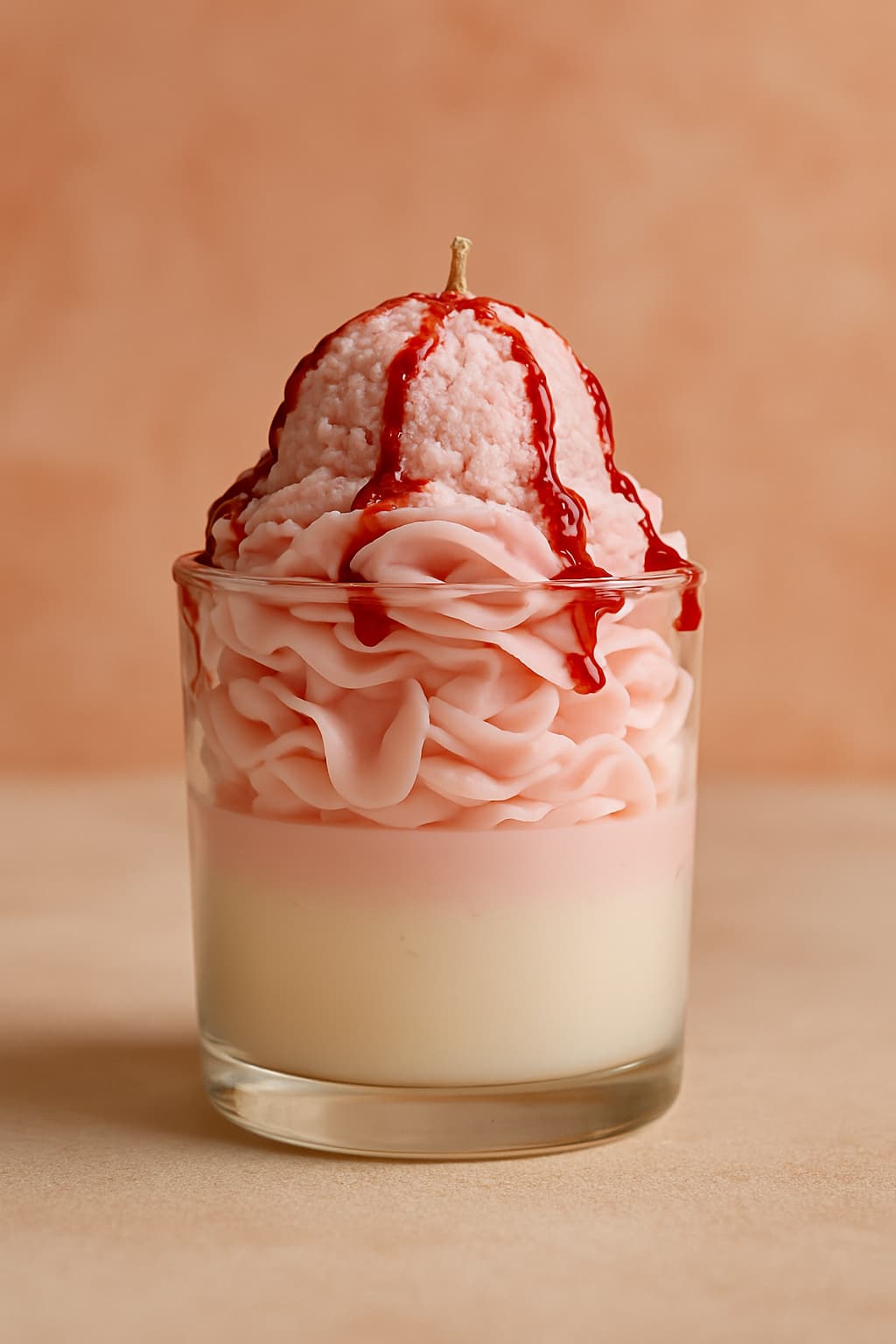5% discount on your order (Code: RAW5)– Shop & Save!

No products in the cart.

In candle making, there is one ingredient that takes center stage: candle wax. It is more than a source of fuel; it decides the burn time of a candle, its scent throw, looks, and even its carbon footprint. Whether you are an experienced chandler or a novice getting into the craft, the intricacies of wax can make your candles go from good to great.
What is Candle Wax?

Candle wax is a solid, combustible material that liquefies when heated, bringing fragrance and color up the wick to create light, heat, and scent. The quality and type of wax you use directly influence your candle’s performance, so it is the foundation of every great candle.
A Brief History of Candle Wax
Candles have illuminated human history for millennia. Early civilizations relied on tallow (animal fat), beeswax, and whale fat for light. The 19th century introduced paraffin wax, a petroleum byproduct, which became the industry standard due to its affordability and clean burn.
Today, the shift toward eco-friendly and sustainable alternatives—like soy, coconut, and beeswax—reflects modern consumers’ demand for natural, non-toxic, and renewable candle options.
Types of Candle Wax: Pros, Cons & Best Uses
Selecting the proper wax is important for performance and appearance. Here’s a summary of the most common types:
1. Paraffin Wax

- Origin: Petroleum byproduct.
- Pros: Inexpensive, great scent throw, bright colors, smooth finish.
- Cons: Non-renewable, can emit soot and toxins.
- Best For: Mass-produced, heavily scented candles.
2. Soy Wax

- Origin: Hydrogenated soybean oil.
- Pros: Renewable, clean-burning, biodegradable, long-lasting.
- Cons: Softer texture, susceptible to frosting (white crystalline patches).
- Best For: Environmentally friendly container candles.
3. Beeswax

- Origin: Made by honeybees.
- Pros: Natural, cleanses air, long burn time, light honey fragrance.
- Cons: High cost, restricted fragrance compatibility.
- Best For: Luxury, artisan, and non-toxic candles.
4. Coconut Wax

- Origin: From coconut oil.
- Pros: Extremely clean burn, rich texture, great scent throw.
- Cons: Frequently blended due to high price.
- Best For: High-end, slow-burning container candles.
5. Palm Wax

- Origin: From palm oil.
- Pros: Interesting crystalline formations, good fragrance hold.
- Cons: Environmental issues regarding deforestation.
- Best For: Decorative and pillar candles.
6. Gel Wax

- Origin: Mineral oil + polymer blend.
- Advantages: Transparent, embeds objects well, long-lasting.
- Disadvantages: Not an actual wax, restricted fragrance usage.
- Best For: Novelty and decorative candles.
Candle Wax Blends: The Best of Both Worlds
Most candle makers mix waxes to match cost, performance, and environmental friendliness. Some popular pairings are:
- Soy-Paraffin: Improves scent throw without sacrificing cleaner burn.
- Coconut-Soy: Provides luxury touch and improved fragrance retention.
- Beeswax-Soy: Extends burn time and natural beauty.
How to Select the Perfect Wax for Your Candle
Look at these variables when choosing wax:
✔ Candle Style (container, pillar, votive, melts)
✔ Fragrance Capacity (some waxes retain scent better)
✔ Burn Time (natural waxes are longer lasting)
✔ Visual Appeal (glossy, matte, rustic, smooth)
✔ Sustainability (eco-friendly or price-friendly)
How Wax Impacts Candle Performance
- Burn Quality: Natural waxes burn more cleanly; paraffin will sometimes soot.
- Scent Throw: Paraffin is king, but coconut-soy mixtures are catching up.
- Appearance: Palm wax forms beautiful patterns; soy is creamy in appearance.
- Longevity: Coconut wax and beeswax provide long-lasting burn times.
Sustainability & Ethical Sourcing
Eco-aware customers seek:
✅ Organic & non-GMO (soy, coconut)
✅ Responsible harvesting (beeswax, palm*)
✅ No toxic additives (phthalate-free, vegan-friendly)
Tip: Opt for RSPO-certified palm wax to contribute to sustainable farming practices.
Working with Candle Wax: Tips & Tricks
- Melting Point: Prevent overheating to maintain quality.
- Pouring Temperature: Influences adhesion and finish.
- Curing Time: Natural waxes require 1-2 weeks for best scent.
- Additives: Stearic acid makes wax hard; vybar makes fragrance stronger.
Common Candle Wax Issues & Solutions
- Frosting (Soy Wax): Normal, but preheating the containers is helpful.
- Tunneling: Trim wicks and permit full melt pools.
- Wet Spots: Heat containers prior to pouring.
- Cracking: Cool wax gradually; don’t have drafts.
2025 Candle Wax Trends to Follow
- Hybrid Blends (improved performance + sustainability)
- Upcycled Wax (reclaimed from unused candles)
- Botanical-Infused (flowers, herbs infused in wax)
- Aromatherapy Focus (mood-enhancing essential oil blends)
Final Thoughts
Candle wax is the heart of your creation—determining its burn, fragrance, and sustainability. Whether you’re making for fun or money, testing various waxes will enable you to master your craft. By knowing each type’s strengths, you can make candles that please the senses and fit your values.
Subscribe To Our Newsletter
Subscribe for your email and get 10% off your first order!
COPYRIGHT 2025 © Loom2Light. ALL RIGHTS RESERVED.








